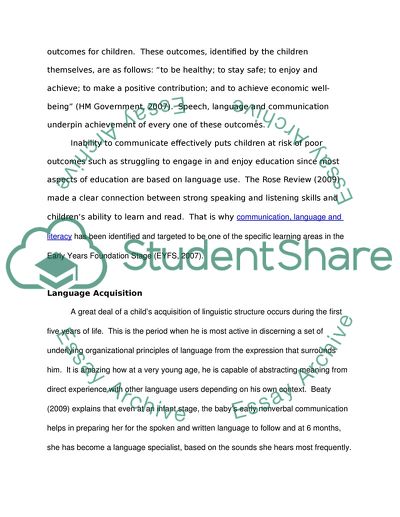Cite this document
(Supporting Very Young Childrens Communication, Language and Literacy Essay, n.d.)
Supporting Very Young Childrens Communication, Language and Literacy Essay. https://studentshare.org/education/1574317-developing-early-literacy
Supporting Very Young Childrens Communication, Language and Literacy Essay. https://studentshare.org/education/1574317-developing-early-literacy
(Supporting Very Young Childrens Communication, Language and Literacy Essay)
Supporting Very Young Childrens Communication, Language and Literacy Essay. https://studentshare.org/education/1574317-developing-early-literacy.
Supporting Very Young Childrens Communication, Language and Literacy Essay. https://studentshare.org/education/1574317-developing-early-literacy.
“Supporting Very Young Childrens Communication, Language and Literacy Essay”. https://studentshare.org/education/1574317-developing-early-literacy.


